In photos: The UK's geologic wonders
'Box Weathering' by Kevin Privett
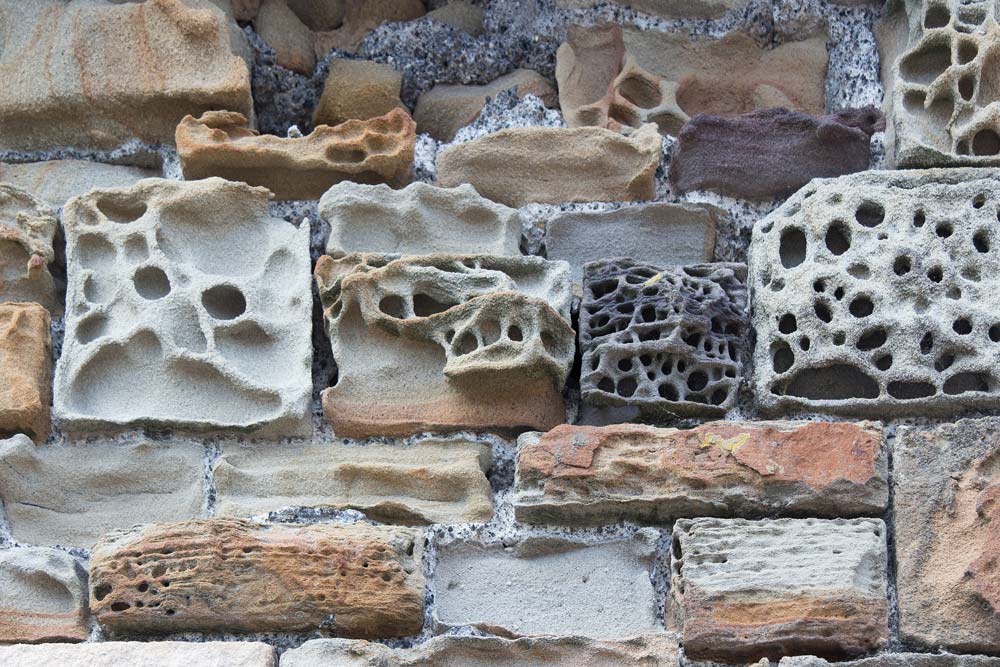
The former customs house at Porthcawl Harbor in South Wales shows erosion from nearly 150 years of weathering and storms. The image, snagged by photographer Kevin Privett, captured the eye of the photography contest adjudicators.
'The Storr' by Gijs de Reijke
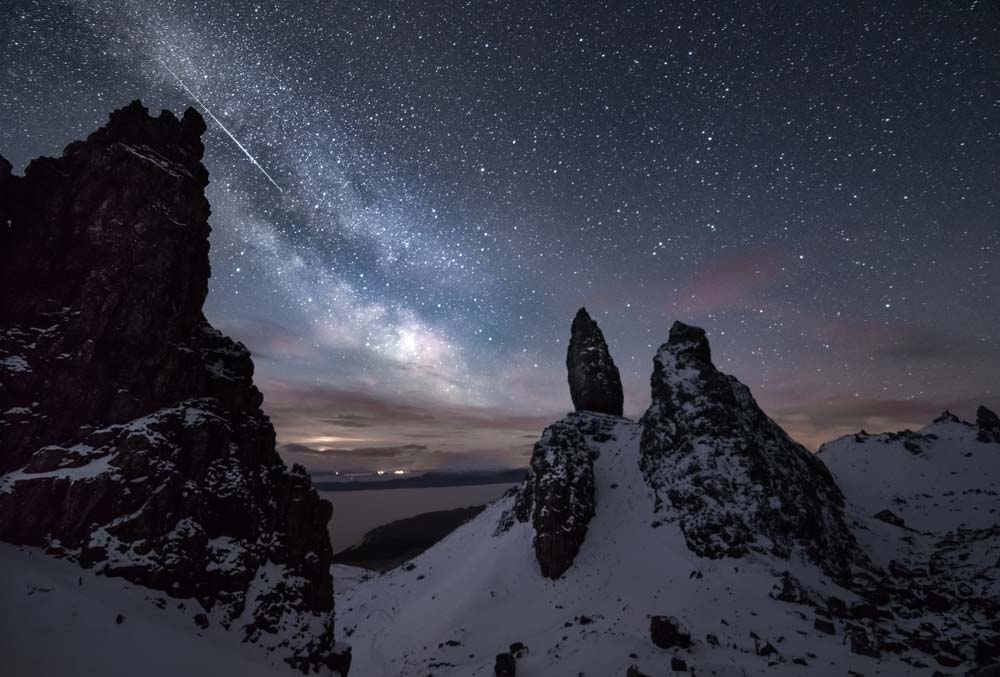
After planning this image at the Isle of Skye in Scotland for years, photographer Gijs de Reijke completed his goal — The Old Man of Storr, the Milky Way as backdrop and, luckily, snow to highlight the landscape.
'Achmelvich Beach' by Katherine Joy
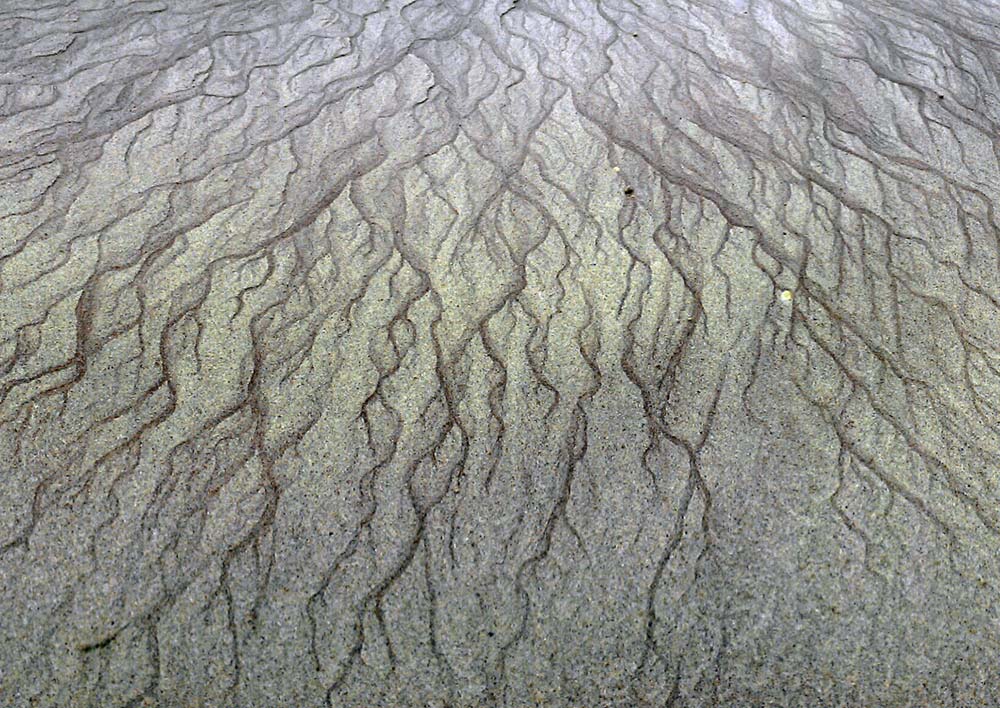
Tidal runoffs carve the beach at Achmelvich in Scotland. Photographer Katherine Joy captured microscaled grand canyons created by the running waters in the sand at North West Highlands Geopark.
'King's Gully' by Robert Mulraney
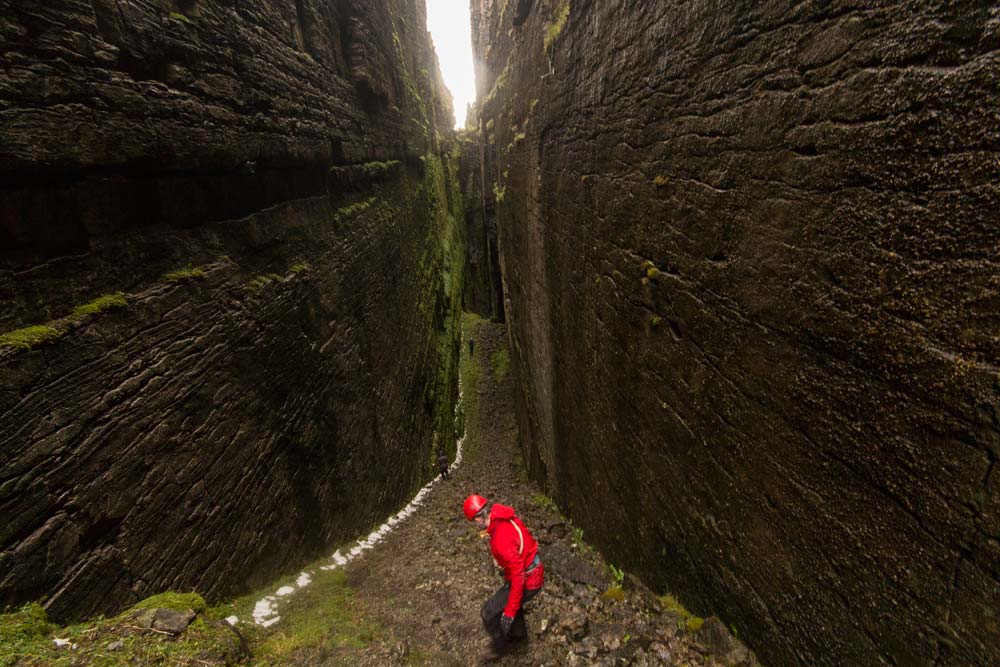
Photographer Robert Mulraney froze a moment in time while exploring a rift canyon in King's Gully at Benbulbin, Ireland.
Beach rocks rock!
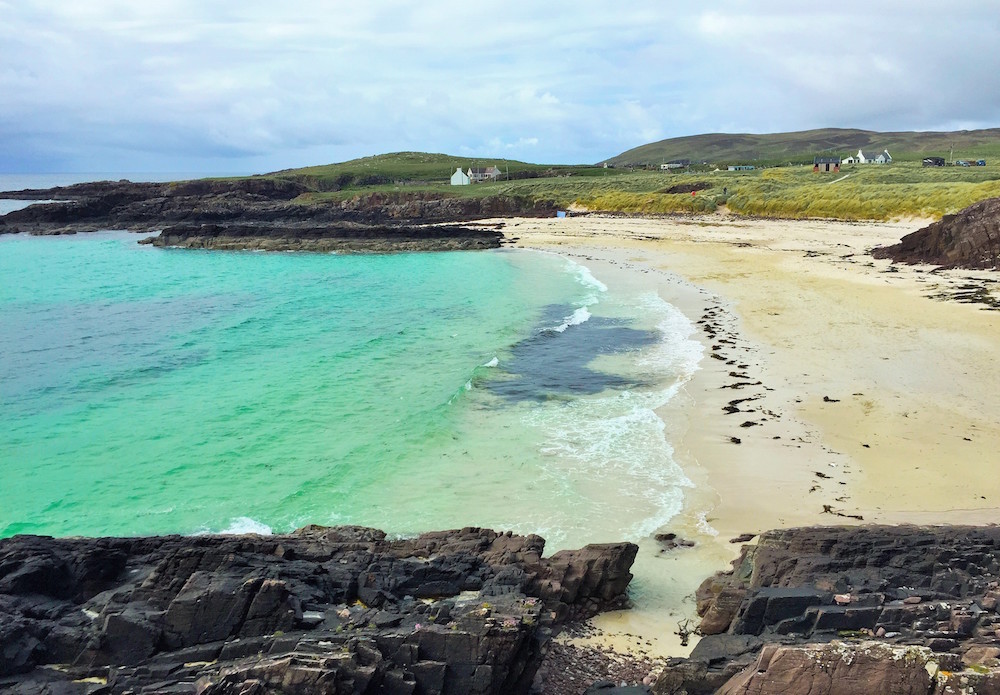
Achmelvich Beach in Scotland. Visitors can find banded gray gneisses (metamorphic rocks) with blobs and streaks of dark material there, according to The Geological Society of London.
Where dinosaurs roamed
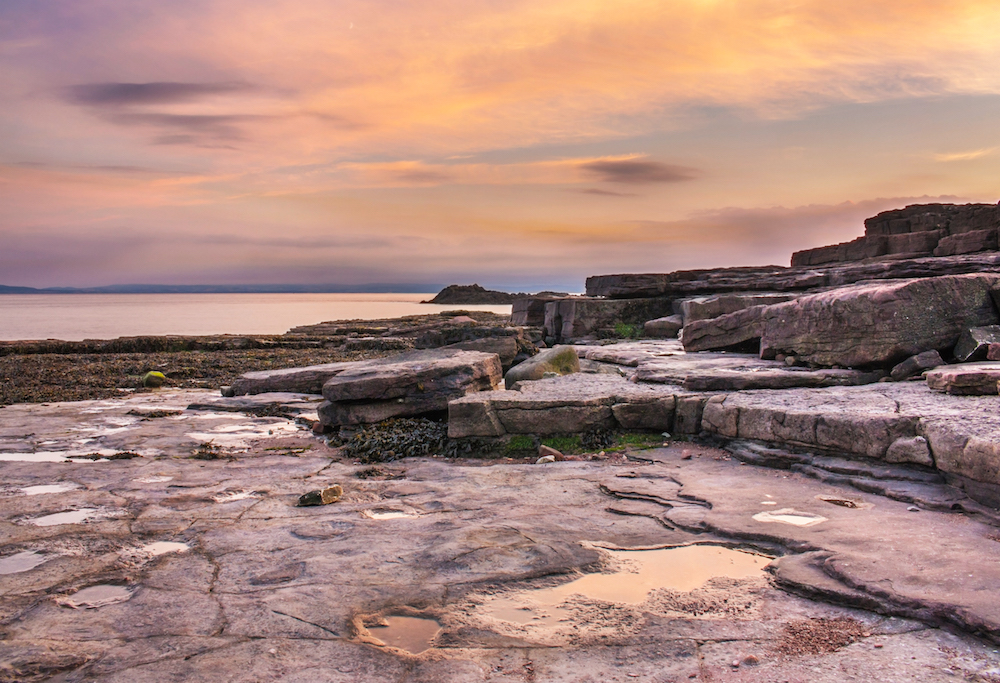
Bendrick Rock in South Wales is a paleontological site that has dinosaur track marks. However, tourists won't see all of the Mesozoic footprints at Bendrick Rock. Some of them have been excavated and moved to the National Museum and Galleries of Wales.
Neolithic landmark
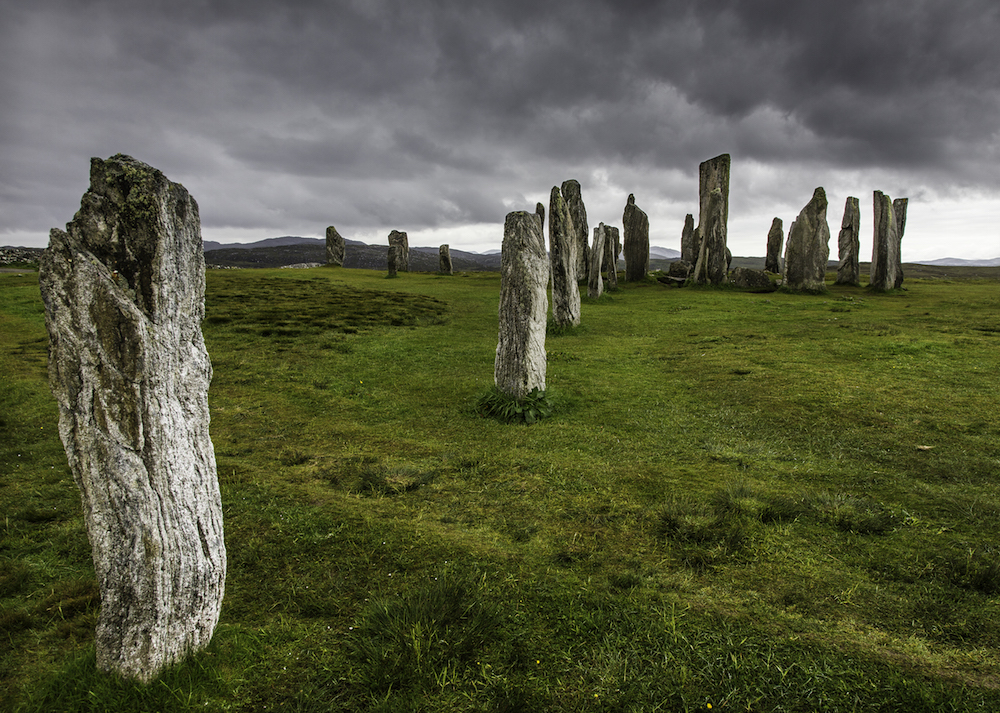
The Callanish Stones are located on the island of Lewis, part of the Hebrides archipelago sitting off the northwest coast of Scotland. The stones were likely built in the Neolithic period and used as an ancient calendar during the Bronze Age, said Brent Bouwsema, who took the photo.
Sign up for the Live Science daily newsletter now
Get the world’s most fascinating discoveries delivered straight to your inbox.
Durdle Door
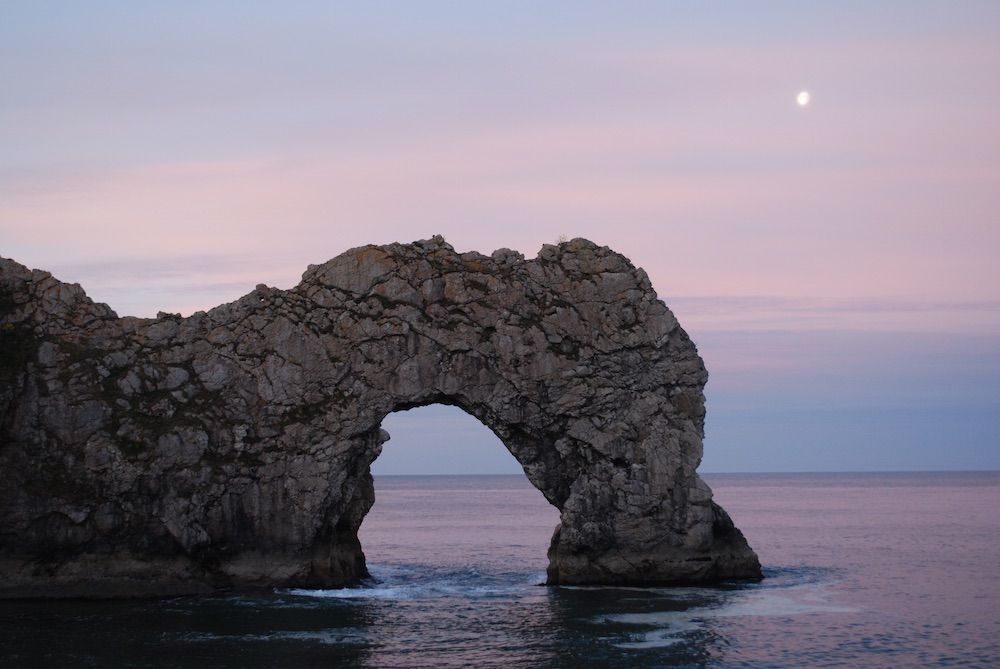
Durdle Door is a natural sea arch that formed after the water eroded the soft limestone, sandstone and siltstone, according to the society.
Iconic Giant's Causeway
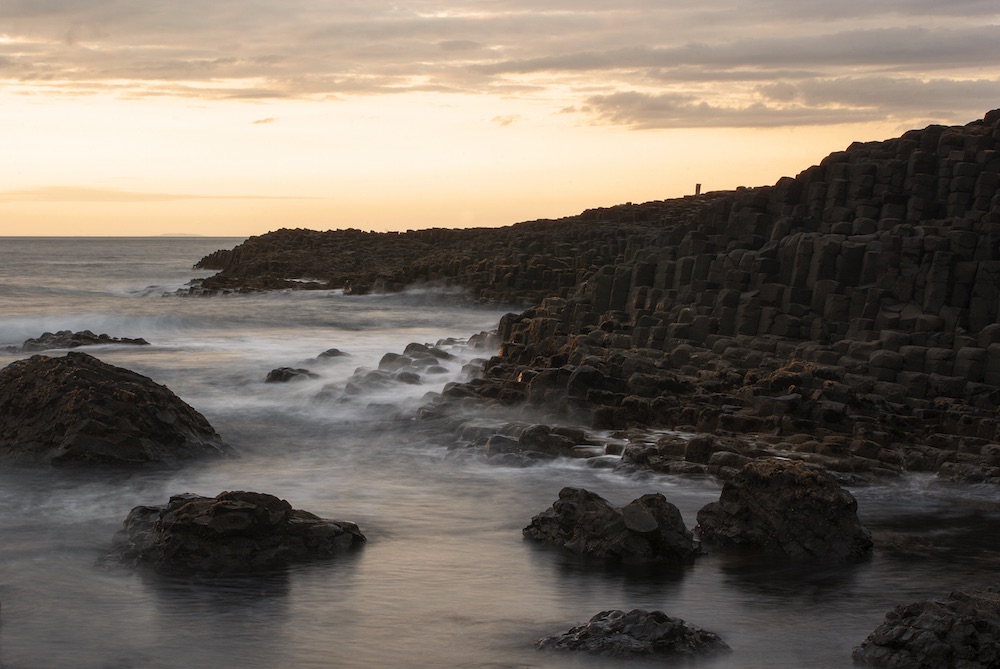
During a trip to Northern Ireland, Sarah Boulton used a 2.5-second exposure to blur the water at Giant's Causeway. The iconic formation comprises about 40,000 interlocking basalt columns, part of the Antrim lava group that formed during the Paleogene (between 66 million and 23 million years ago) due to continental breakup and the formation of the North Atlantic Ocean, Boulton said.
The Name's Glencoe, Mr. Bond
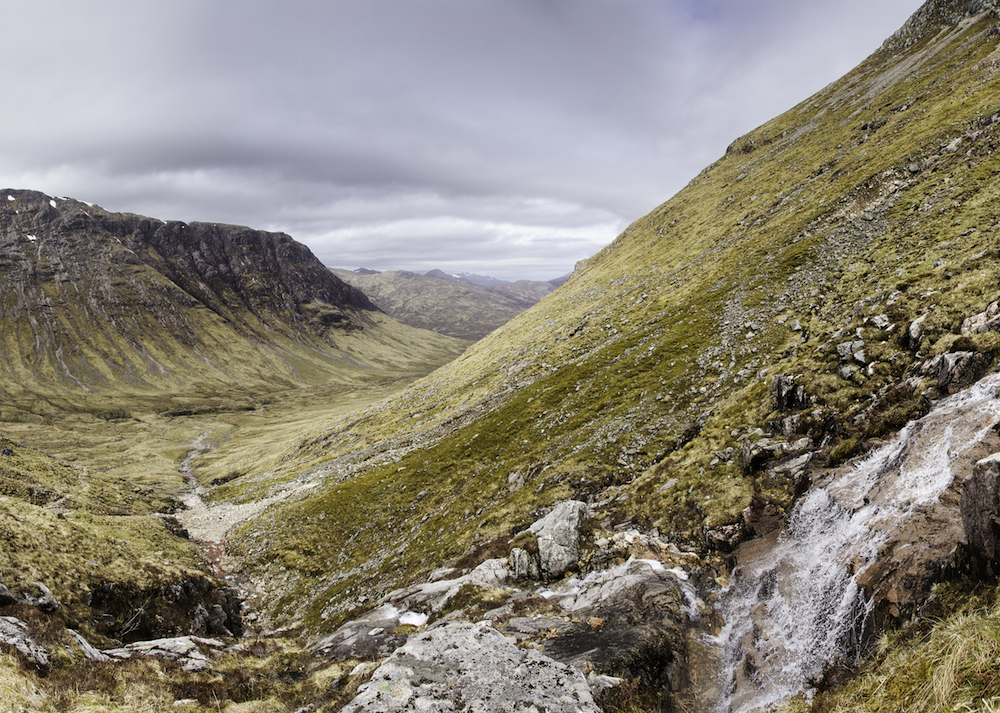
Glencoe, located in the Scottish Highlands, may look familiar to movie buffs. The popular James Bond film "Skyfall" was filmed there, starring Daniel Craig as Bond and Dame Judi Dench as M, the head of the Secret Intelligence Service.
Many of Glencoe's peaks were formed from volcanoes and lava flows, according to the society.

Laura is the archaeology and Life's Little Mysteries editor at Live Science. She also reports on general science, including paleontology. Her work has appeared in The New York Times, Scholastic, Popular Science and Spectrum, a site on autism research. She has won multiple awards from the Society of Professional Journalists and the Washington Newspaper Publishers Association for her reporting at a weekly newspaper near Seattle. Laura holds a bachelor's degree in English literature and psychology from Washington University in St. Louis and a master's degree in science writing from NYU.









